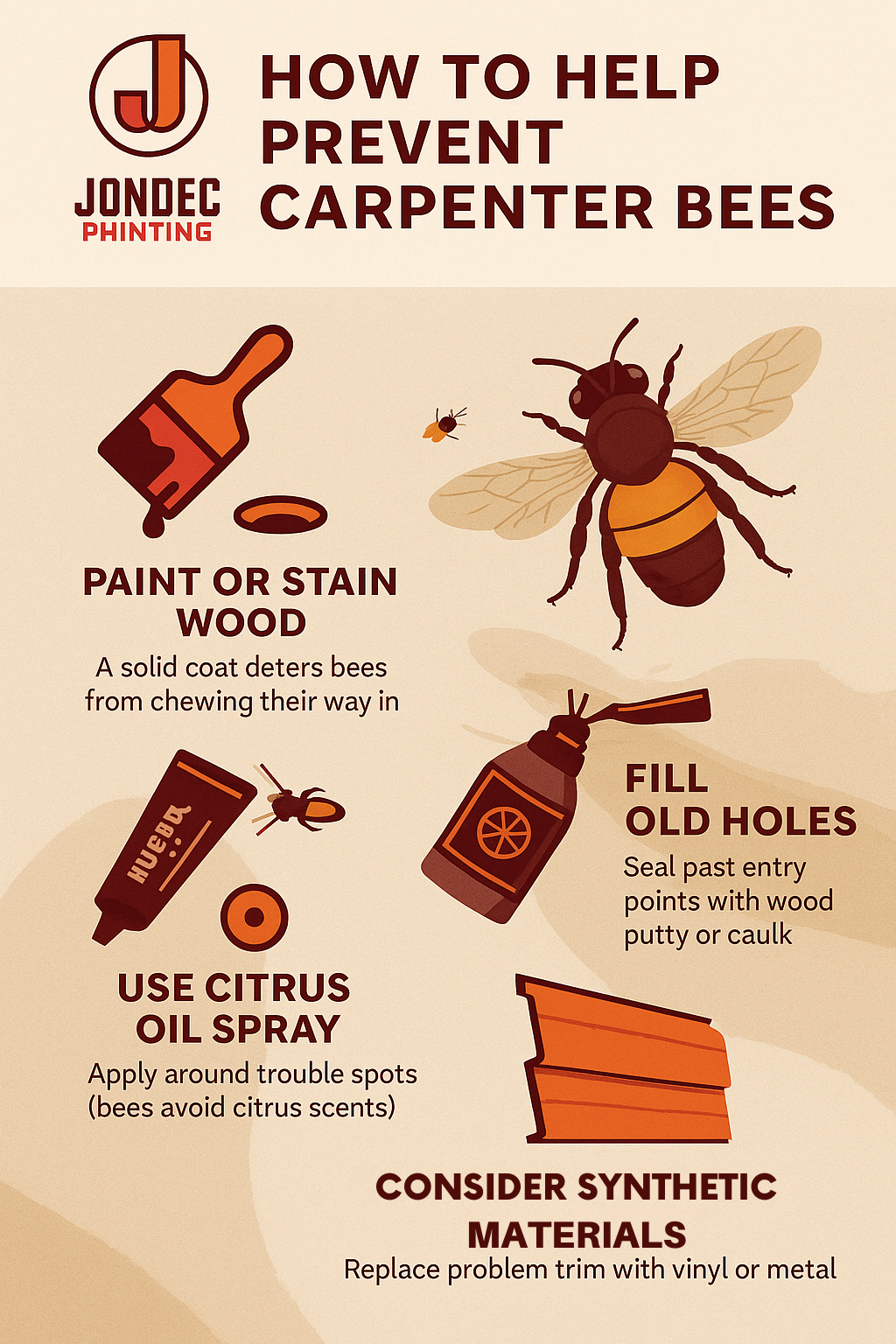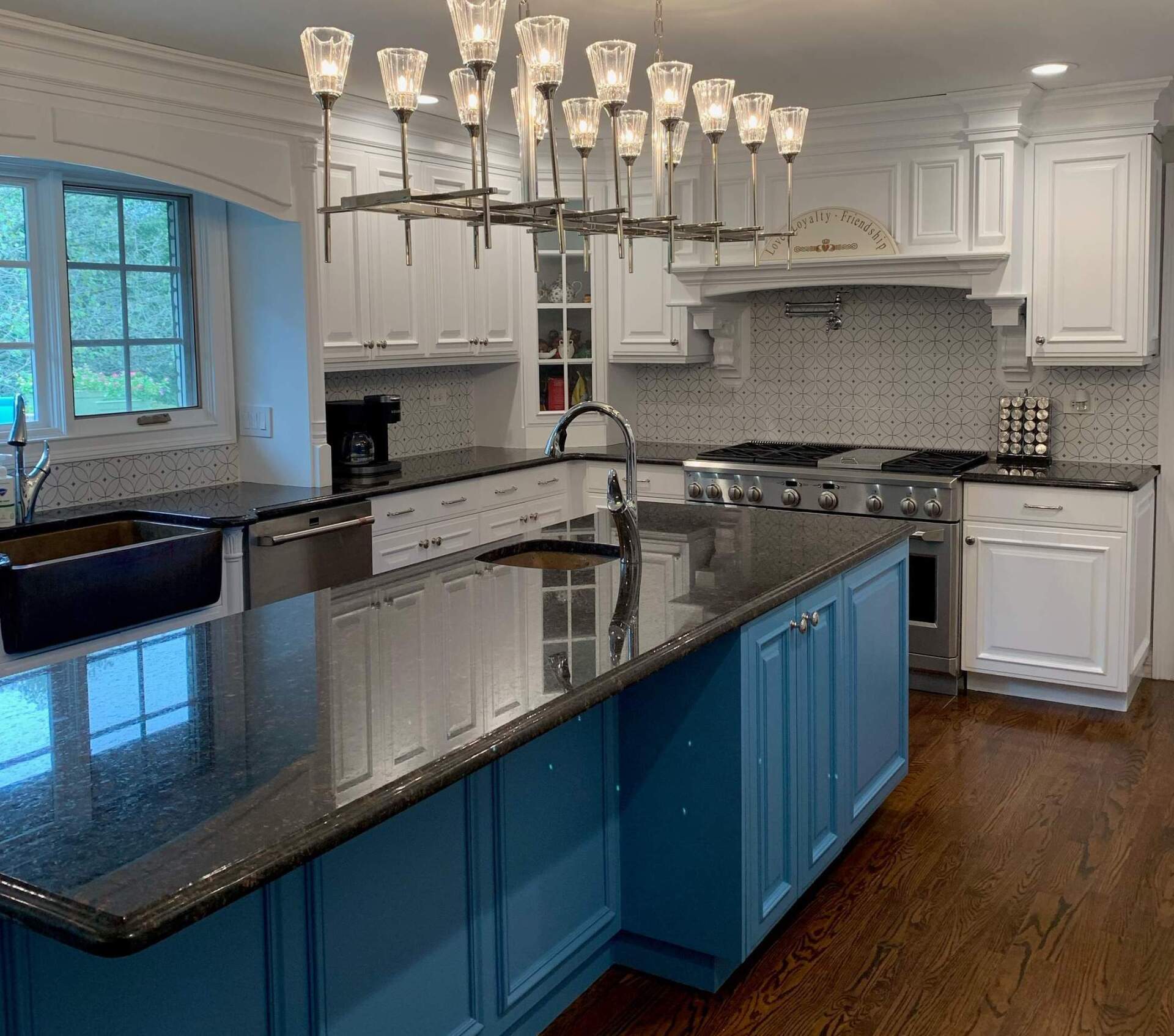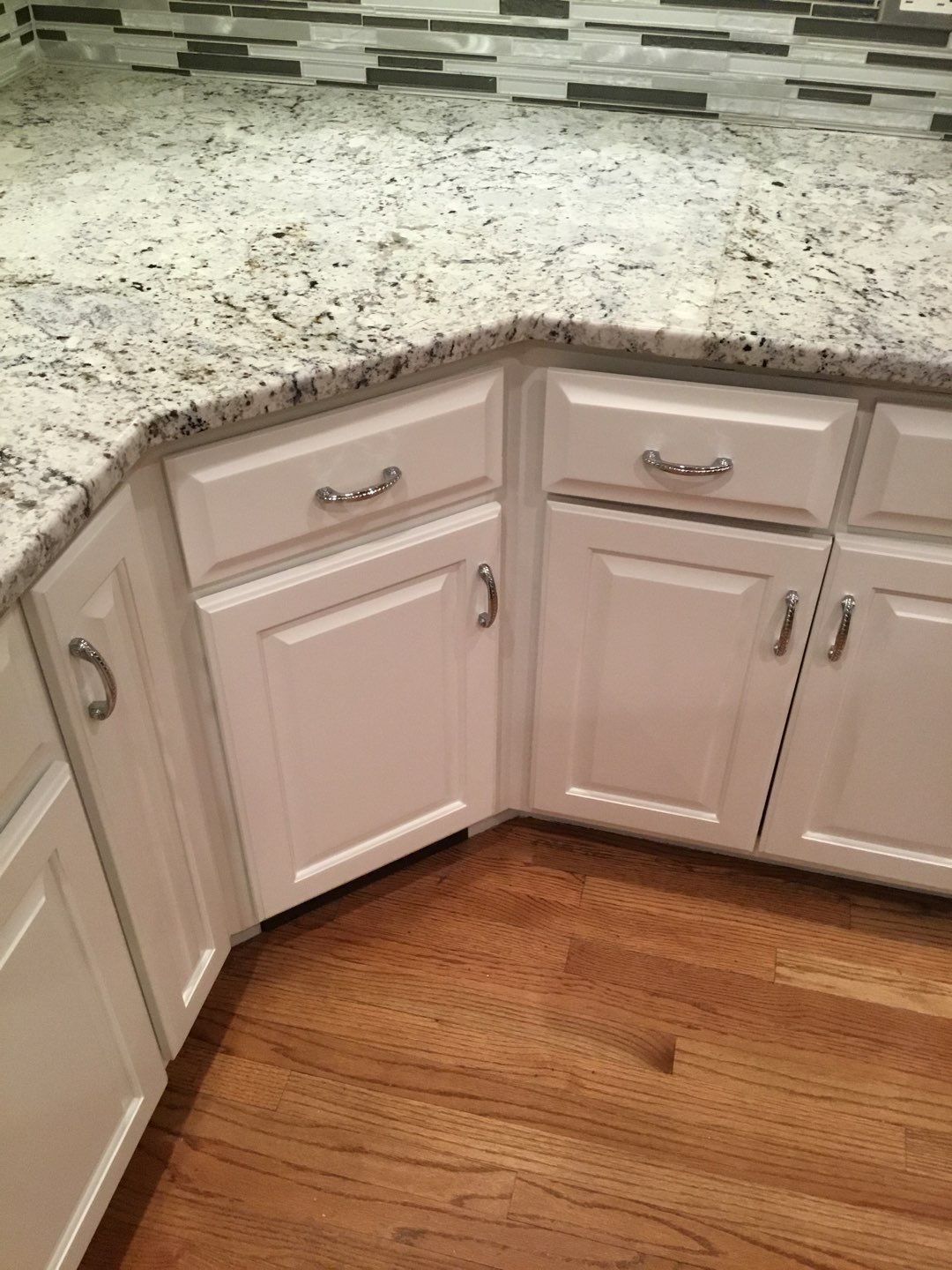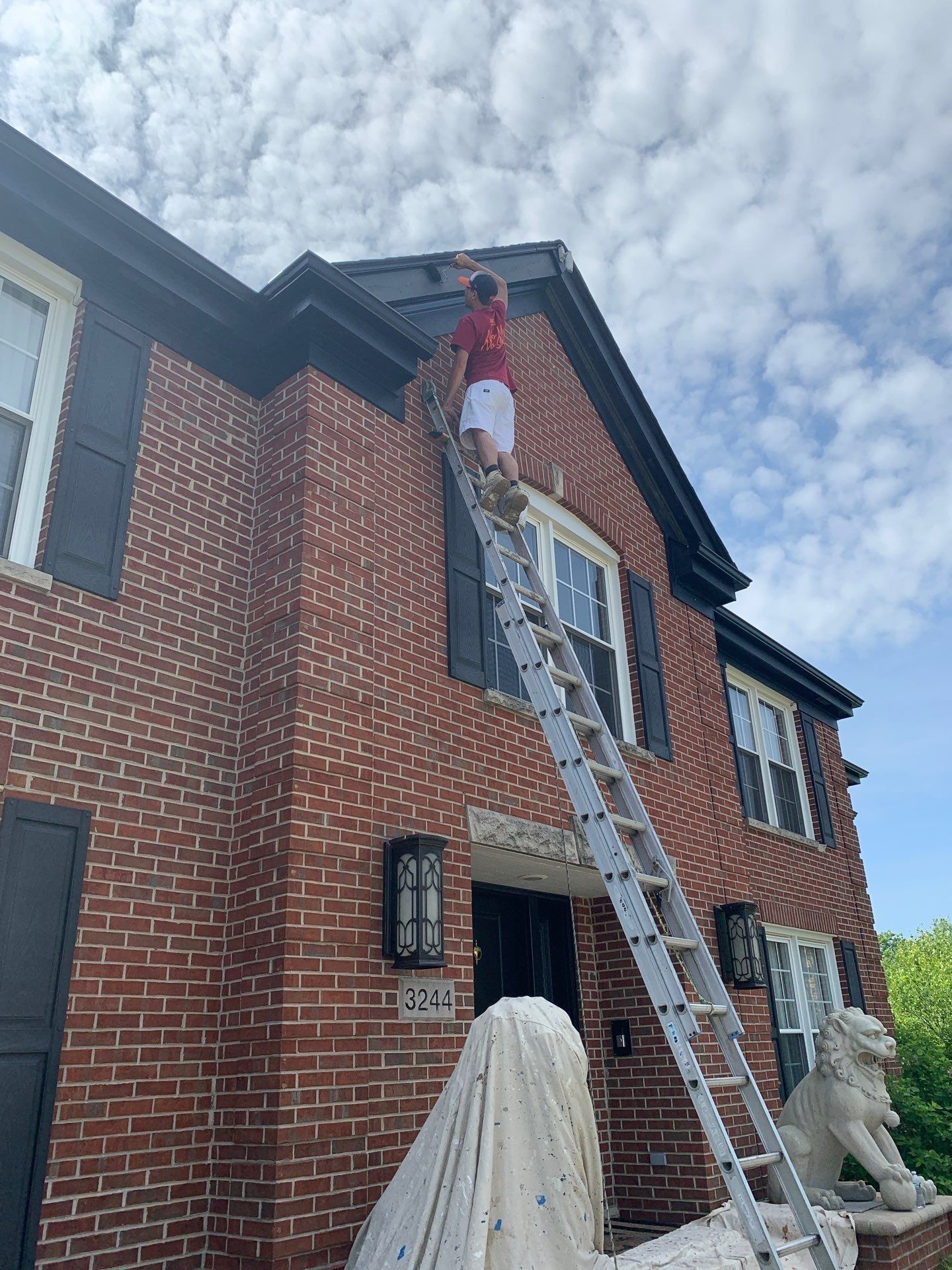What Can You Do About Carpenter Bees in the Orland Park Area?
They look like bumblebees. They sound like bumblebees. But carpenter bees aren’t your average flower-hopping pollinators. These solo fliers are more into construction, or rather, deconstruction. Instead of buzzing around blossoms, they’re boring holes into your home’s wood trim like they just got hired for a demolition.
If you live in the Orland Park area and have noticed a few perfectly round holes in your fascia or deck railings, or a suspicious amount of sawdust beneath your eaves, you may already be hosting carpenter bees. Bad news: they're not paying rent. Good news: you can show them the door (without resorting to a flamethrower).
Let’s dive into how these pests operate, and why fresh paint or stain might just be your home’s best line of defense.
What Are Carpenter Bees, and Why Are They Eyeing Your House?
Carpenter bees are big, beefy bees with a serious love for raw, untreated wood. Unlike honeybees, they don’t live in colonies. They’re more like Airbnb guests who show up in spring, pick a nice spot on your siding or soffit, and start drilling little tunnels into it to lay eggs.
Here’s what draws them in:
- Soft, exposed wood like pine, cedar, or fir.
- Older or weathered surfaces that aren’t sealed or painted.
- Nice sunny areas like fascia boards, deck railings, and fence posts.
Sound familiar? That’s why many Orland Park homes become carpenter bee targets right around April and May.
So, What’s the Damage?
While one little bee hole may not seem like much, carpenter bees can cause a surprising amount of trouble. The tunnels they bore can stretch up to 10 inches long. And if the same bee (or her kids) comes back year after year, they’ll keep expanding their lumber condos.
Worse yet, woodpeckers are known to attack those tunnels like a breakfast buffet, tearing into siding and trim to scoop out the larvae inside. It’s a pest problem that invites even more pests.
Look for:
- Sawdust piles under holes (bee-made messes).
- Round, smooth entry holes around ½ inch in diameter.
- Buzzing, dive-bombing bees protecting their turf (don’t worry, males can’t sting… they just fake tough).
Why Fresh Paint or Stain Works
One of the simplest and most effective ways to deter carpenter bees? A good coat of exterior paint or stain.
Carpenter bees typically won’t chew through a solid, sealed finish. They’re lazy like that. If the wood is coated, especially with oil-based stains or thick exterior paint, they’ll skip it in favor of something easier to drill.
That means:
- Keeping up with painting your trim, soffits, and fascia is actually pest control.
- Staining your deck rails or fence isn’t just for looks—it’s a bee barrier.
- Weathered areas = prime targets. Fresh finishes = a big nope from the bees.
If it's been a while since your home got a fresh coat, now’s the time to inspect and schedule an update. Ideally before spring nesting season rolls around again.
Other Carpenter Bee Defense Strategies
Paint and stain are your MVPs, but here are some supporting players:
- Fill old holes: Use wood putty or caulk to seal up past entry points. Bees love to reuse tunnels.
- Citrus oil spray: Bees hate citrus. Mix lemon or orange essential oil with water and spray around known trouble spots.
- Bee hotels: Sounds counterintuitive, but giving them a place away from your home can redirect them. Just make sure to place it well off the house.
- Metal or vinyl trim: For chronic problem areas, consider replacing wood trim with synthetic materials.
- Screen soffits and vents: If you’ve got lots of activity up high, adding screening can help reduce access.

Timing Is Everything
Carpenter bees start scouting and boring in early spring. That means the best time to protect your home is before they show up with their tiny tool belts.
In Orland Park, that’s usually late March through May. A fresh paint job or stain applied in early spring can make a big difference in keeping bees out of your wood and your hair.
Final Thoughts: Bee Gone!
Carpenter bees may not be malicious, but they are messy and persistent. A little prep work now can save you a lot of damage later. So grab that paintbrush, inspect your trim, and maybe give your deck a little love this fall. Your future self (and your siding) will thank you.
From the Jondec Team
At Jondec, we’ve seen firsthand how a solid coat of paint or stain can make all the difference when it comes to keeping carpenter bees away. It’s not just about curb appeal—it’s protection.
We take pride in helping Chicagoland homeowners seal up vulnerable wood surfaces so these bees don’t stand a chance. A little maintenance now can save you a lot of repair work later.
Need the buzz to go away? We’ve got you covered!
Share
Let's Talk Paint!










